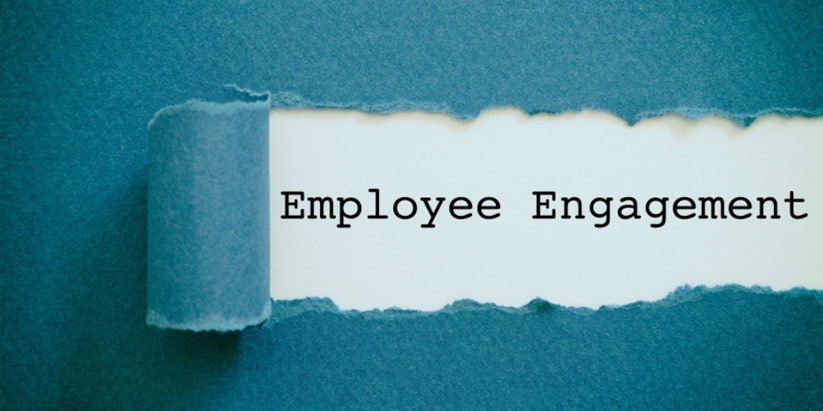Many organizational leaders think promoting employee engagement creates a thriving culture — and measuring engagement has become a norm in recent decades.
Numerous studies have shown that engagement drives many outcomes, including financial performance, employee retention, safety, and customer service. Engagement is foundational to well-being, and key to building a resilient and thriving culture.

Employee Engagement
When employees are engaged, they are more likely to invest in the work they do which leads to a higher quality of work produced. … By investing in employee engagement, your company will be able to increase productivity, work quality, and retain top talent.
Employees today are looking for more than just a 9-to-5 job. They want to be involved in their work, enthusiastic about the organization they work for and committed to their fellow workers.
As of December 2019, according to Gallup data, only 33% of employees reported they are engaged at work. Post-Covid one can imagine that number will be even lower.
Investing in employee engagement is something all companies should be looking at as teams begin to regroup in a post-covid world. But not all engagement is created equal. Choosing the right type of program is key.
It’s important that organizational leaders are clear on the needs of the team, and the desired outcomes when procuring programs.
A reputable facilitator will have a conversation with you to discuss your needs, desired outcomes, key success factors as well as time and budget, in order to provide you with one of three types of team engagement – Team Development, Team Building or Team Bonding.
They are all very different, with different approaches and working towards different outcomes – knowing what to apply and where is crucial.

Team Development
Team development occurs in an ongoing deep dive format.
Learning is focused on targeted behavior change and team performance and the material will consist of a multiphase curriculum that may or may not include behavioral, psychological or strengths assessments.
Teams who have a goal of targeted organizational or behavioral change will benefit the most from Team Development.
The pacing and format in these programs are the most intense and comprehensive of the three. Team development programs are run at a minimum of one program per quarter with ongoing coaching.
Consider it the construction of company culture – perhaps just to optimize or level up to the best possible version, or rebuilding one after a difficult period.

Team Building
A Team Building program is designed with an outcome in mind that should be transferable back to the workplace.
The curriculum or flow is intentional and has built-in time for reflections and possibly follow-up work.
There is an opportunity for growth reflection and they will include the potential for ongoing learning.
Examples: Zentangle, Geocache adventure, Escape Rooms, Activities and ice-breakers around a specific Theme, and the like – working towards a specific, precise goal together, relying on communication and problem-solving skills.
Well-functioning teams looking for a boost in a particular area like communication or cohesion are a great fit for team-building programs.

Team Bonding
The purpose here is networking and rapport building and the format is a fun recreational program. The outcome is not catered to a workplace goal and reflection time is not needed. These programs can be standalone events.
Examples: Cooking class, office trivia, trampoline park, drum circles, volunteering together.
They are opportunities for team members to de-stress and get to know each other better outside the office.
If one’s objective is to transform a sub-optimal team culture rife with communication difficulties and infighting, team bonding is not recommended.






